Ⓒ 2023 Kyligence, Inc. All rights reserved.

Understanding Net Revenue Retention
Net revenue retention is a crucial metric that measures a company's ability to retain and grow its existing customer base. It refers to the percentage of revenue retained from existing customers over a specific period, accounting for churn and upselling. By understanding net revenue retention, businesses can gauge their financial health and identify areas for improvement.
Net revenue retention plays a significant role in sustainable growth as it allows companies to maximize the value of their customer relationships. By retaining existing customers, businesses can reduce acquisition costs and increase profitability. Additionally, net revenue retention provides insights into customer satisfaction, loyalty, and overall business performance.
Factors such as customer churn and upselling directly impact net revenue retention. Customer churn, or the rate customers discontinue using a product or service, can erode revenue and hinder growth. On the other hand, effective upselling techniques can increase customer spend and contribute to higher net revenue retention.
In the following sections, we will delve deeper into these factors affecting net revenue retention and explore strategies to improve this critical metric for long-term success.
Factors Affecting Net Revenue Retention
Customer Churn: The Silent Revenue Killer
Customer churn refers to the rate at which customers discontinue using a product or service. It is a significant factor that can negatively impact net revenue retention. When customers churn, not only does the company lose its current revenue, but it also loses potential future revenue from upselling and cross-selling opportunities.
Several common causes of customer churn include poor customer experience, lack of perceived value, competitive offerings, and pricing issues. Each of these factors can have implications for net revenue retention. For instance, customers with a negative experience with a product or service are more likely to switch to a competitor. Similarly, customers may decide to cancel their subscription or contract if they do not see the value in continuing to use a product or service.
Businesses can implement various strategies to reduce customer churn and retain valuable customers. Improving customer satisfaction through exceptional customer service and personalized experiences is crucial. Companies can enhance loyalty and reduce churn by addressing customer pain points promptly and providing solutions tailored to their needs.
Additionally, proactive communication with customers can help identify any issues early on and provide an opportunity for resolution before they lead to churn. Offering incentives such as discounts or rewards for long-term commitment can also incentivize customers to stay with the company.
Upselling: Maximizing Revenue Potential
Upselling plays a vital role in improving net revenue retention by maximizing the revenue potential from existing customers. It involves persuading customers to upgrade their current purchase or buy additional products or services that complement their existing ones.
Effective upselling techniques can increase customer spending and significantly increase net revenue retention. By offering relevant upgrades or add-ons that align with the customer's needs and preferences, businesses can enhance the overall value proposition for the customer.
Cross-selling is another strategy closely related to upselling that involves offering complementary products or services that expand the customer's purchase. This approach increases revenue and strengthens the customer relationship by providing a more comprehensive solution to their needs.
For long-term revenue growth, businesses can benefit from implementing upselling and cross-selling strategies. By leveraging existing customer relationships and understanding their preferences, companies can identify opportunities to offer additional value and increase customer lifetime value.
In the following sections, we will explore further strategies to improve net revenue retention, focusing on enhancing customer satisfaction and implementing effective pricing models.
Strategies to Improve Net Revenue Retention
Enhancing Customer Satisfaction: The Key to Retention
Customer satisfaction plays a crucial role in improving net revenue retention. Satisfied customers are likelier to continue using a product or service, renew their subscriptions, and even recommend the company to others. Therefore, businesses need to focus on enhancing customer satisfaction and loyalty.
Companies can start by actively listening to their customers and understanding their needs and expectations to improve customer satisfaction. Regularly collecting feedback through surveys or other channels allows businesses to identify improvement areas and promptly address any concerns.
Personalized experiences also contribute significantly to customer satisfaction. By tailoring products or services to meet individual customer preferences, businesses can create a sense of value and make customers feel valued. Exceptional customer service is another critical factor that enhances satisfaction. Prompt response times, knowledgeable support staff, and practical issue resolution all contribute to a positive customer experience.
Building solid relationships with customers through ongoing communication is vital for retention. Providing relevant updates, exclusive offers, or personalized recommendations based on their past purchases can help maintain engagement and strengthen loyalty.
Implementing Effective Pricing Models
Pricing strategies have a direct impact on net revenue retention. The right suitable pricing model can attract new customers while encouraging existing ones to stay loyal. Businesses need to consider their pricing approach carefully to optimize net revenue retention.
Different pricing models can be employed depending on the nature of the business and its target market. For example, subscription-based pricing offers recurring revenue streams while providing customers ongoing access to products or services. This model encourages long-term commitment from customers.
Dynamic pricing is another practical approach that involves adjusting prices based on demand, seasonality, or customer segments. Businesses can increase perceived value and encourage continued patronage by offering personalized pricing options tailored to individual customers' needs and purchasing behavior.
Value-based pricing focuses on aligning the price of a product or service with the perceived value it delivers to customers. By clearly communicating the benefits and unique value proposition, businesses can justify higher prices and retain customers who recognize the value they receive.
Implementing effective pricing models requires careful market dynamics, customer preferences, and competitive landscape analysis. Regular evaluation and adjustment of pricing strategies based on these factors can help maximize net revenue retention.
In the next section, we will conclude our discussion by recapping the significance of net revenue retention for business success and emphasizing the need to address customer churn while focusing on upselling customer satisfaction and effective pricing models.
Conclusion
In conclusion, net revenue retention is critical for business success and sustainable growth. Companies can reduce acquisition costs and increase profitability by retaining and growing the existing customer base. Addressing customer churn and focusing on upselling opportunities are essential to improve net revenue retention.
Customer satisfaction plays a crucial role in retention, as satisfied customers are likelier to continue using a product or service. Implementing personalized experiences and exceptional customer service can enhance satisfaction levels.
Effective pricing models also contribute to net revenue retention. By implementing dynamic or value-based pricing strategies, businesses can optimize their pricing approach to align with customer preferences and maximize perceived value.
By understanding the importance of net revenue retention and implementing strategies to improve it, businesses can enhance their financial performance and drive long-term growth.
